2025-12-13 03:24:21
Hard to believe we're only a week removed from Netflix announcing the acquisition of Warner Bros. Feels like a lot has happened since then, because it has. Notably, a move to go hostile by Paramount Skydance, with David Ellison pitching WBD shareholders directly, via "lengthy letters". He's clearly big mad. BOLD mad, no less.
A couple fun tick-tocks reveal why: they clearly thought they had this deal in the bag – I mean, they got Jared Kushner's fund involved, when Netflix swooped in, leading David Zaslav to ghost Ellison. Ouch. WBD was clearly worried about the foreign money components of the financing as well as the financing itself. It certainly can't help that Oracle's stock is down nearly 35% in the past few months – and nearly 15% this week alone – given that Larry Ellison is backstopping the deal.
Unless Paramount pulls out, it feels like this is going to go on for months. As such, the deal may not actually close for years. History – both Barry Diller and Sumner Redstone back in the day battling for Paramount (more on that at the bottom of this newsletter), and more recently, Disney and Comcast battling for Fox – would seem to indicate Netflix is still the likely victor, but it will probably cost them a lot more money to get it done. But history also didn't have this particular administration in power so... Who knows.
One big signal coming in January will be when Comcast spins off Versant (their TV channel cruft) and we'll see how that's valued, which will dictate how WBD's channels (not part of the Netflix deal but part of the Paramount deal) should be valued.
Anyway, I've gotten two takes out of this fiasco so far – that Hollywood is silly to fear Netflix here, relative to the alternative at least! And wondering if Netflix truly has found religion with movie theaters, or if they're just saying that to try to woo Hollywood and seal this deal – and I look forward to months more of good fodder in the form of popcorn.
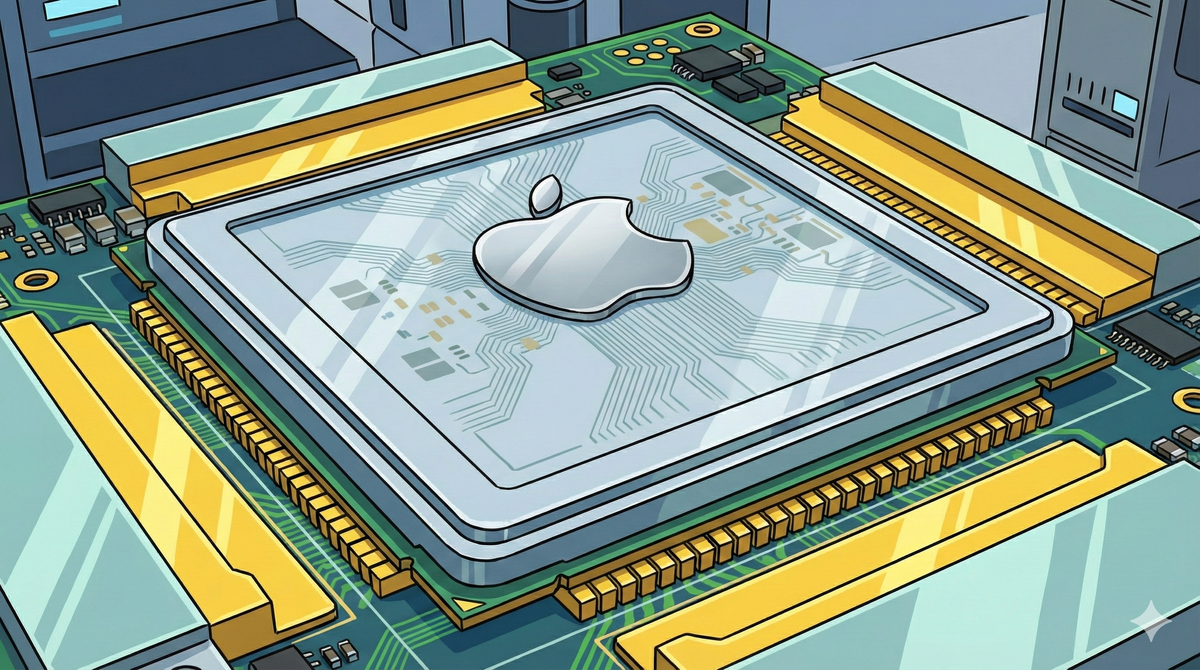
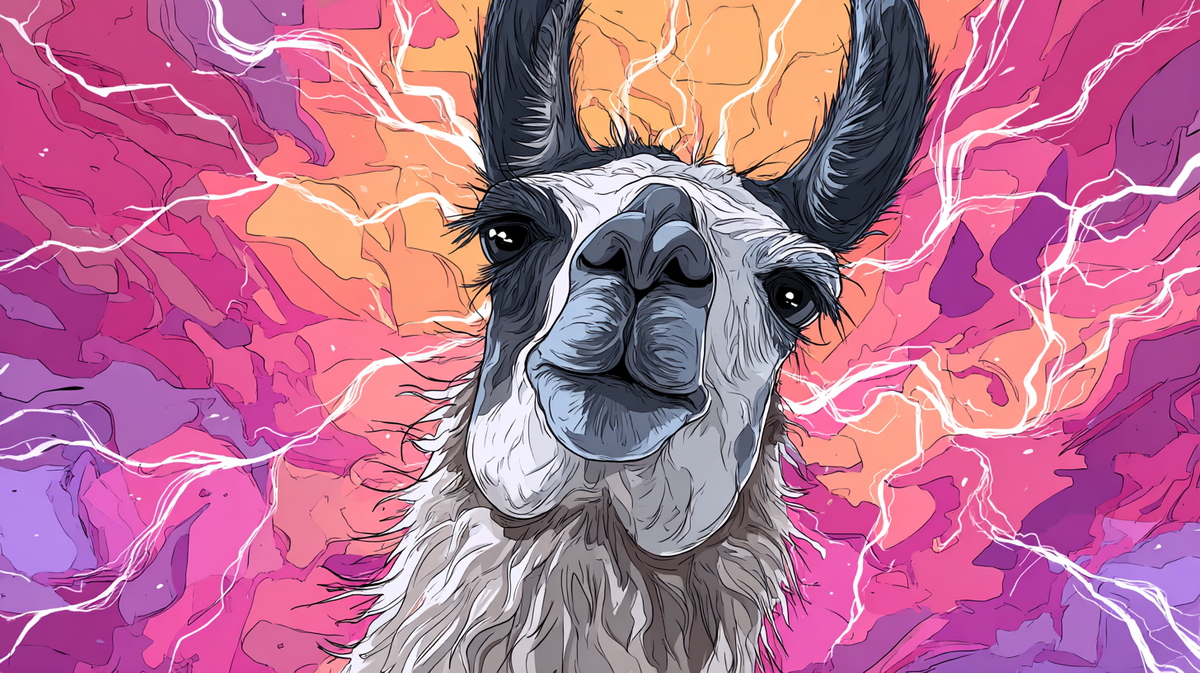
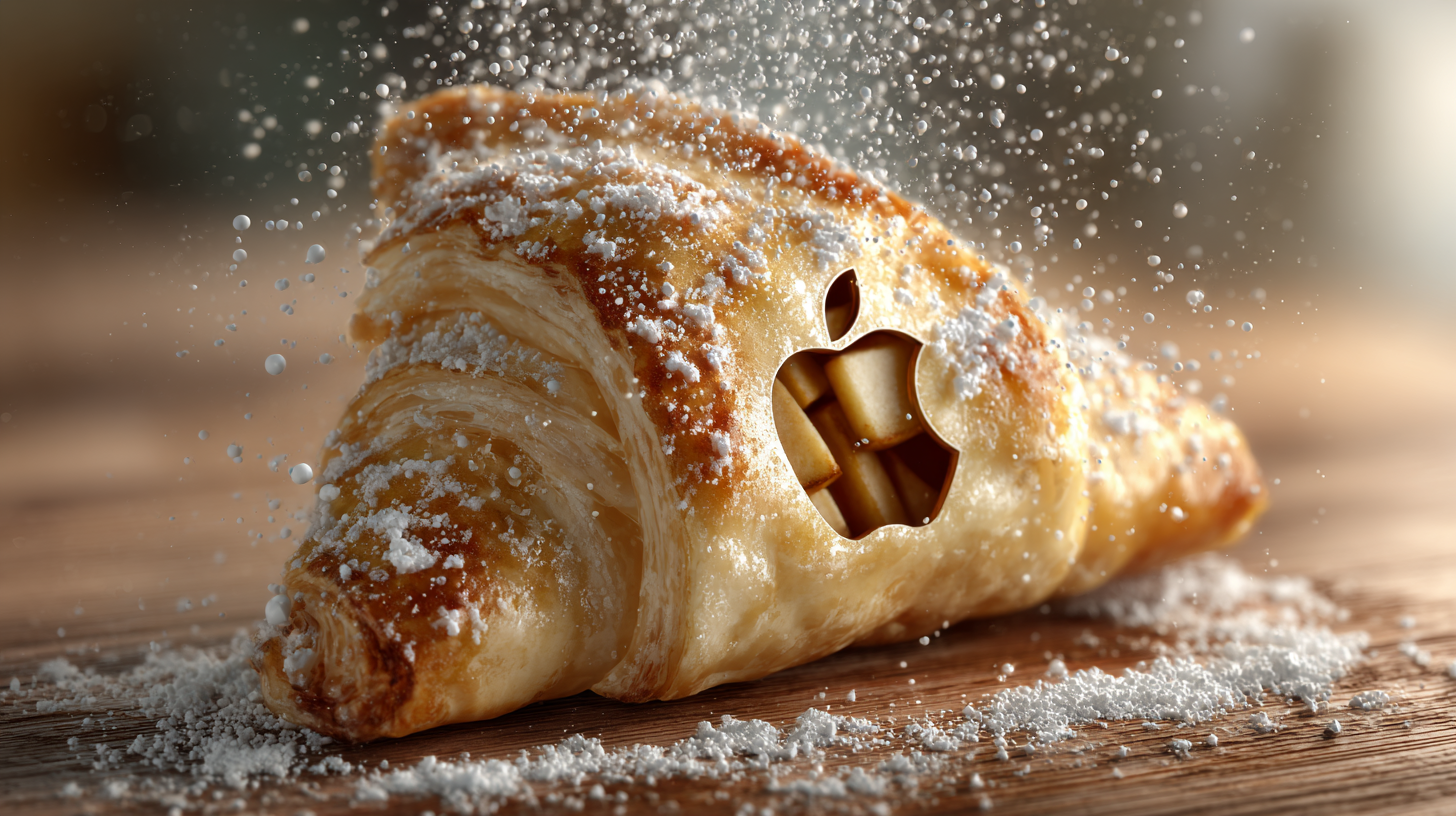
💰 Anthropic is Broadcom's $10B Mystery Partner – to Buy TPUs – In last quarter's earnings, Broadcom disclosed a new $10B deal with a partner they refused to name. This led to speculation that it was either OpenAI – which was subsequently shot down as they have their own, other massive deal with Broadcom – or one of the Big Tech players. Will, it's sort of tangential to one of them, with Anthropic now confirmed as the partner – to buy TPUs from Broadcom. This is obviously an offshoot of Anthropic's own recently announced deal with Google, but it's also bigger than that because it further confirms that Google is now clearly competing with NVIDIA in selling XPUs – this isn't just talking to Meta about the chips, this is Anthropic committed to buying them. Oh, and apparently $11B more on top of this. And they're presumably buying them to put in data centers they're building (or why not let the data center operators buy them – exclusive access, maybe?). And it probably led to NVIDIA cutting their own direct deal with Anthropic to try to combat a full shift (on top of the shift they already have done to Amazon's Trainium chips). Also, amazing call by @Zephyr, who nailed this two months ago. [CNBC]
🤖 GPT-5.2 – The strangest thing to me about the latest model is how little people seem to be talking about it. After the flurry of press when it was announced, the actual chatter seems almost non-existent, at least relative to 5 and 5.1. But that's probably a good thing! As those were being talked about for the wrong reasons. This is just more of a "yeah, it's good" release, coming less than a month after 5.1, perhaps to push ahead of Gemini once again to end the year. Or perhaps to get it out the door ahead of a true heads-down "Code Red" sprint towards the next release – maybe the one including sexy time? [Verge]
🏡 Apple Home Products Come More Into Focus – Leaked internal Apple code seemingly confirms not only the impending arrival of the long-rumored "HomePad" device, but features including a camera that can be used not just for FaceTime, but also FaceID, and which notably may give the device multi-user support. Apple TV and Macs have long had such functionality, but iPads, famously, have not – which has long been annoying for households with, say, families. The code also suggests one other accessory is coming alongside the new home device and is sure seems like a security camera. All of it should finally hit this Spring. [MacWorld]
📲 2025's Top Downloaded Apps – ChatGPT takes the top spot for the first time in Apple's year-end charts – up from 4th place last year. Meanwhile, Meta has three apps in the Top 10 (Threads, WhatsApp, Instagram) – but far more impressive is Google with five (Google, YouTube, Google Maps, Gmail, Gemini). Yes, Google controls half of the top apps on Apple's App Store. The only other player is TikTok. (Notably, Facebook missed the cut this year at number 11.) Though things have been shifting of late as AI takes over, with OpenAI's Sora and even xAI's Grok charting last month, pushing out every Meta app aside from Threads, and TikTok – where's that sale, by the way? [TechCrunch]
☄️ Data Centers in Space – Such a prospect certainly sheds new light on the private space race between Elon Musk and Jeff Bezos (and why Sam Altman might want OpenAI involved in a rocket company). While I don't think either started with that goal, it could be a nice, and extremely lucrative offshoot, just as the satellite internet service has been with Starlink – and soon Amazon Leo? At the same time, this is obviously a lot harder than just throwing some data center-equipped satellites into space. Even the notion of cooling such devices is not as straightforward as you might assume – yes, space is technically cold, but it's also, as it turns out, a vacuum. The kind of environment that doesn't dissipate heat well. You have to glow it off! Still, solar power will certainly be more abundant! But will that be more efficient than land-based power plants? Probably not for a long time. And let's not even bother with data transfer speeds. Are these going to be giant tape back-ups in the sky for a while? Still, undoubtedly the future at some point! Regardless, good narrative for SpaceX share sales taking place at $800B, leaping back in front of OpenAI. Oh yes, and an IPO, leaping back in front of... OpenAI. Total coincidences, these narratives are. [WSJ 🔒]
"They thought they were playing 5D chess and they were playing tiddlywinks."
– A "person close to the administration" commenting on how Paramount has been misplaying their hand with President Trump, assuming they'd have a leg up in the race to buy Warner Bros. To quote a character from a Warner Bros film, as one must in such situations, "Do you feel in charge?"



The parallels between the Netflix/Warner Bros/Paramount battle and 30 years ago when Barry Diller fought Sumner Redstone for control of Paramount are fun. Redstone would be Netflix in the equation, and he obviously eventually won the deal for Viacom. Diller, in losing, famously said, "They won. We lost. Next." And so Redstone/Viacom responded with the following swag. Ice cold.
Might I suggest that either Ted Sarandos and/or David Ellison get on eBay to rock this depending on who wins this battle?
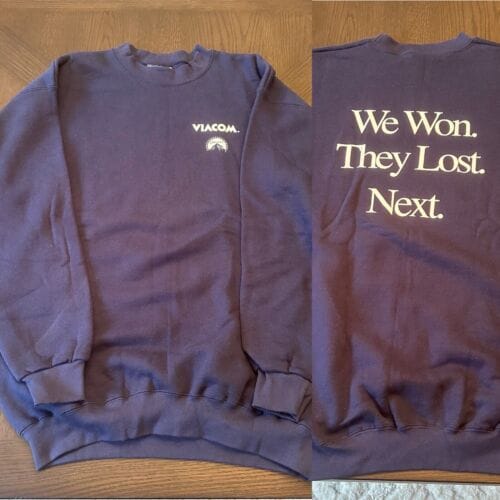
2025-12-12 19:42:32

Apple needs a new hit product. Well, needs is relative. They want a new hit product. And Wall Street clearly wants them to have it. The new iPhones are a hit. But eventually Apple needs that new product. Services are doing great, but that's not a singular sexy product. The Vision Pro wasn't it. The new "HomePad" thing might be fun, but probably won't move any needles. Smart Glasses might do better, but still undoubtedly won't be close to iPhone-sized. The car project crashed. As has AI work in general. Robots? Maybe one day. But there's one idea that's right there, right now, just staring them in the face. The only problem? It's not a consumer product...
2025-12-12 00:03:07
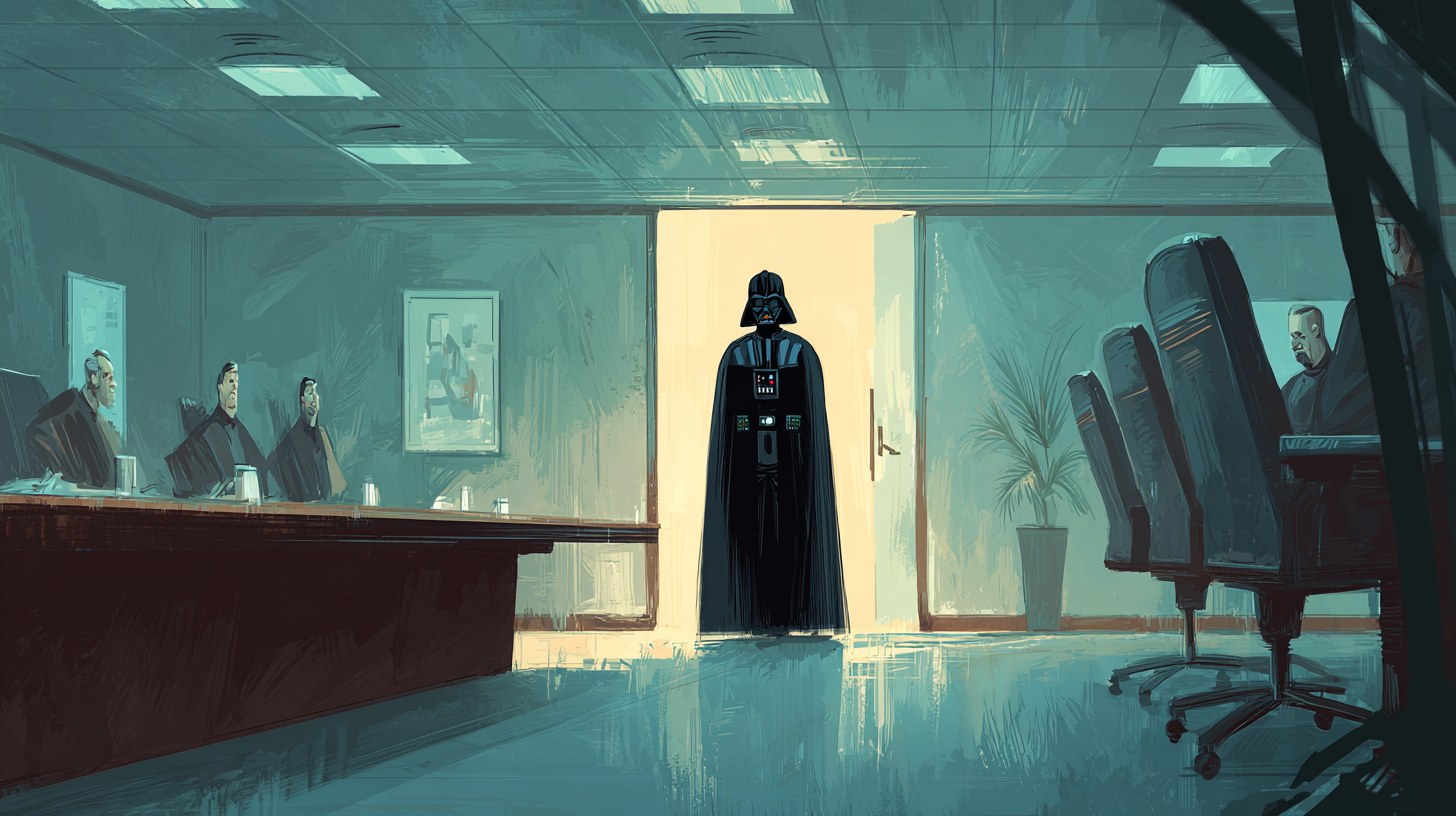
Gemini this. Gemini that. Hey Google, say hello to my little friend, Darth Vader.
In quite the one-two punch, two pieces of news have just hit in quick succession. The first was that Disney and OpenAI have an agreement in place for the AI startup to use selected IP from the storied company in products like Sora. Then, just minutes later came the second: Disney was sending a cease and desist letter to Google, ordering the Big Tech giant to stop infringing on their IP with their own AI systems.
I mean, wow, that's one way to change the conversation.
Again, that conversation has been largely about how Google, with their recent updates to Gemini, had come roaring back to match and perhaps surpass the long-time AI leader, OpenAI. Perhaps not in terms of users versus ChatGPT – at least not yet. But some clever product moves and the ability to leverage the Google properties with billions of users had many wondering if they weren't just back in the game after their slow start, but perhaps now winning it.
As it turns out, Sam Altman had a lightsaber up his sleeve:
The Walt Disney Company and OpenAI have reached an agreement for Disney to become the first major content licensing partner on Sora, OpenAI’s short-form generative AI video platform, bringing these leaders in creativity and innovation together to unlock new possibilities in imaginative storytelling.
As part of this new, three-year licensing agreement, Sora will be able to generate short, user-prompted social videos that can be viewed and shared by fans, drawing from a set of more than 200 animated, masked and creature characters from Disney, Marvel, Pixar and Star Wars, including costumes, props, vehicles, and iconic environments. In addition, ChatGPT Images will be able to turn a few words by the user into fully generated images in seconds, drawing from the same intellectual property. The agreement does not include any talent likenesses or voices.
And it's not just Sora and ChatGPT that benefit from this partnership, it's OpenAI itself, which gained a key core "major" customer in the form of Disney:
Alongside the licensing agreement, Disney will become a major customer of OpenAI, using its APIs to build new products, tools, and experiences, including for Disney+, and deploying ChatGPT for its employees.
Only after all of that, four paragraphs deep, do we get the other key element of the deal:
As part of the agreement, Disney will make a $1 billion equity investment in OpenAI, and receive warrants to purchase additional equity.
So that's not just a one-two punch, it's more like a one-two-three-four punch combo. With this last bit being key because Disney is obviously now going to be directly incentivized to favor any work and partnerships with OpenAI.1 Everyone else? Please stop using our IP immediately – or else.
And, of course, it's arguably the most important IP on the planet. Certainly when it comes to image and video generation. Yes, it's limited to the "more than 200 animated, masked and creature characters" – which is clearly meant to protect actual actors and actresses – but it's just about as impressive of an IP list as you'll find:
Among the characters fans will be able to use in their creations are Mickey Mouse, Minnie Mouse, Lilo, Stitch, Ariel, Belle, Beast, Cinderella, Baymax, Simba, Mufasa, as well as characters from the worlds of Encanto, Frozen, Inside Out, Moana, Monsters Inc., Toy Story, Up, Zootopia, and many more; plus iconic animated or illustrated versions of Marvel and Lucasfilm characters like Black Panther, Captain America, Deadpool, Groot, Iron Man, Loki, Thor, Thanos, Darth Vader, Han Solo, Luke Skywalker, Leia, the Mandalorian, Stormtroopers, Yoda and more.
Sorry Vibes, no Yoda for you.
This also continues a trend and narrative around Disney being forward-thinking when it comes to new technology. They have long been famously first to partner with Apple on new initiatives – undoubtedly thanks to Steve Jobs being the largest shareholder and board member at Disney post the Pixar deal, and later, Bob Iger sitting on Apple's board – but also with their large investment in Epic Games a couple years back. With Iger now on the verge of retirement – for real this time, we think – this could be his swan song deal for all we know: seeing Disney ushered into the AI era.
That will undoubtedly have Hollywood up in arms yet again. We're in the midst of everyone still losing it over the Netflix/Warner Bros deal, and in walks Disney to cut a deal with whom many in the industry see as the actual devil in OpenAI (as the leader in AI). What a dichotomy!
So is Disney doing the right thing here? Time obviously will tell, but this is also fairly limited in scope – both time-bound and IP-bound – clearly on purpose. And working with a company to ensure better oversight of IP infractions seems like a better move than simply suing. Sorry, Midjourney, Character.ai, and now Google!
A couple months ago, I wondered if we were on the verge of a (legal) IP tsunami on Sora, with celebrities rushing in to stake their claim just as others filed their claims on IP infringement. Well, this may actually be the moment. We'll see if others follow Disney's lead – and if OpenAI is going to be um, open to giving them equity deals as well.
Undoubtedly, this leads Google, Meta, and everyone else to rush out to try to get their own, unique IP deals in place. Someone get David Zaslav on the phone, quick! It's not like Warner Bros is busy with anything else at the moment...
For now, this feels like another Jedi mind trick maneuver by OpenAI. Hopefully it's one that doesn't end with, "I am altering the deal. Pray I don't alter it any further."
One more thing: Soras on Disney+! This sounds silly, of course. For now...
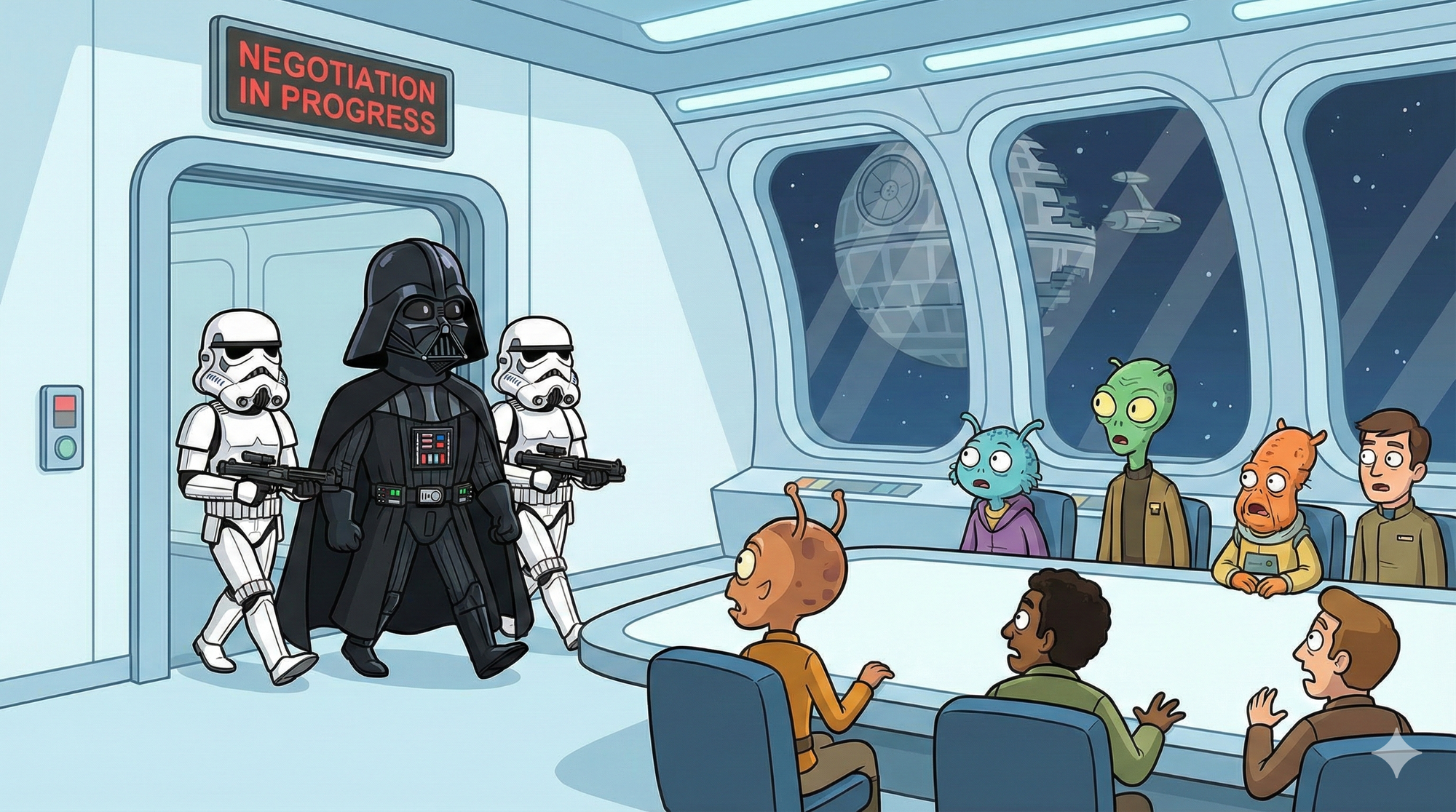

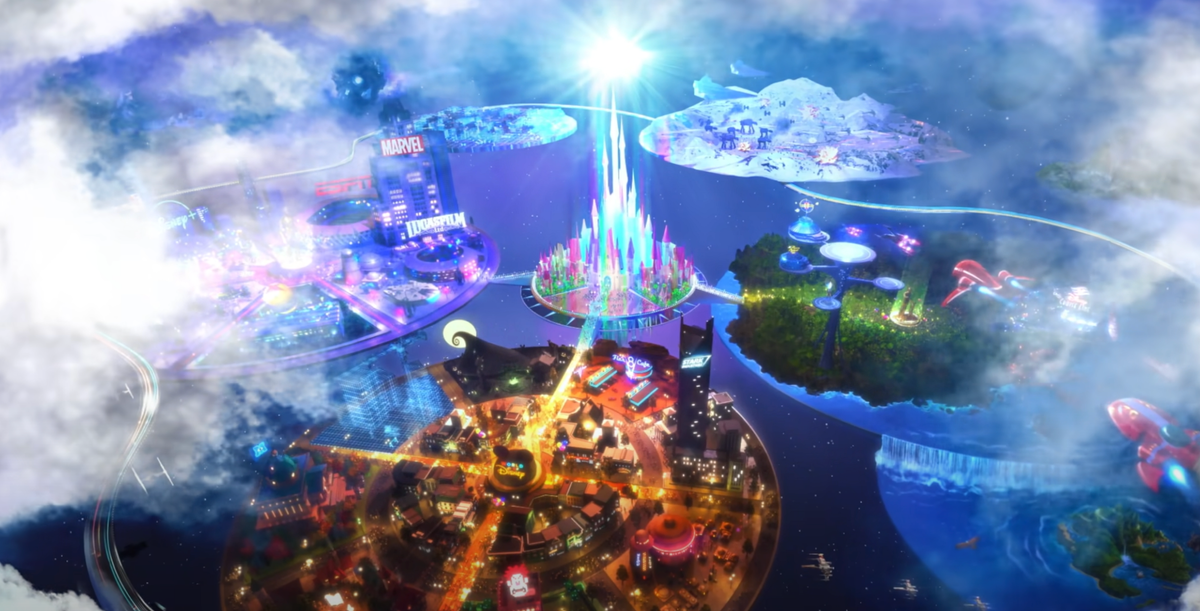

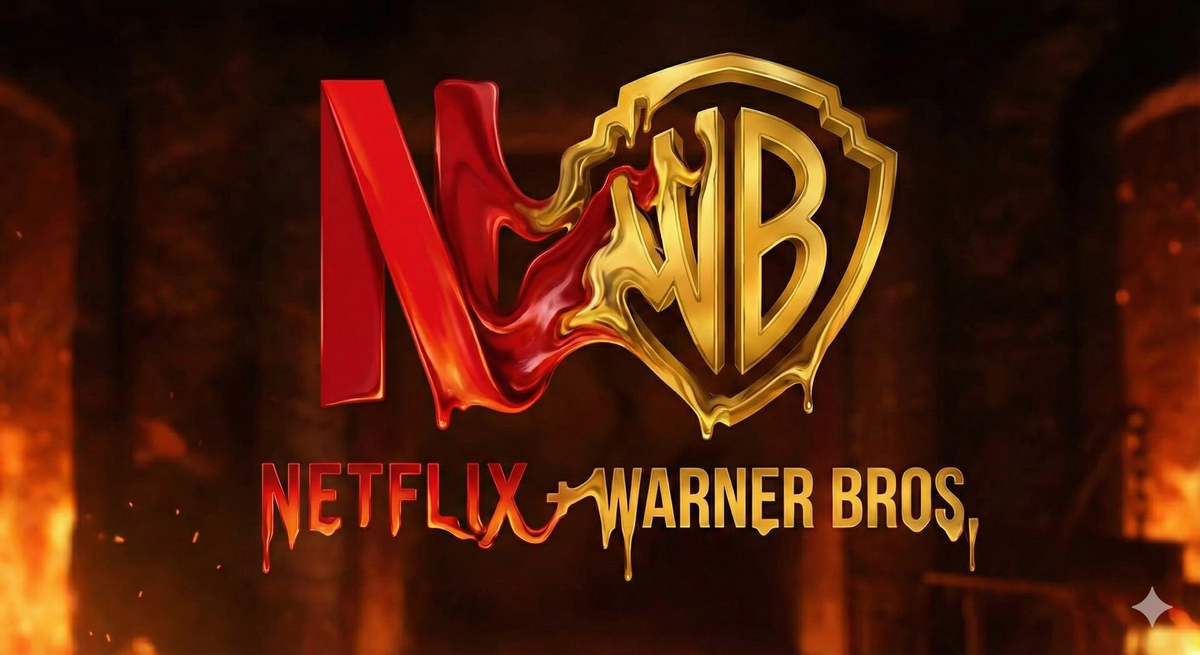
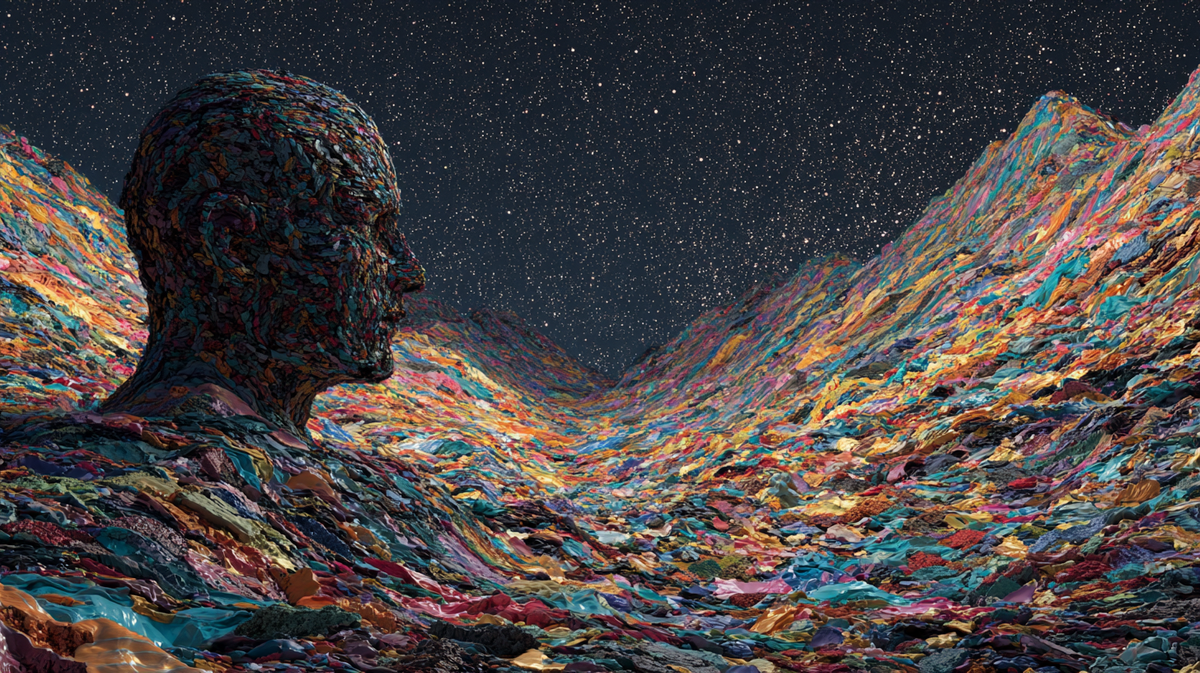
1 Just to state the obvious: OpenAI needs the money too! ↩
2025-12-10 23:25:22
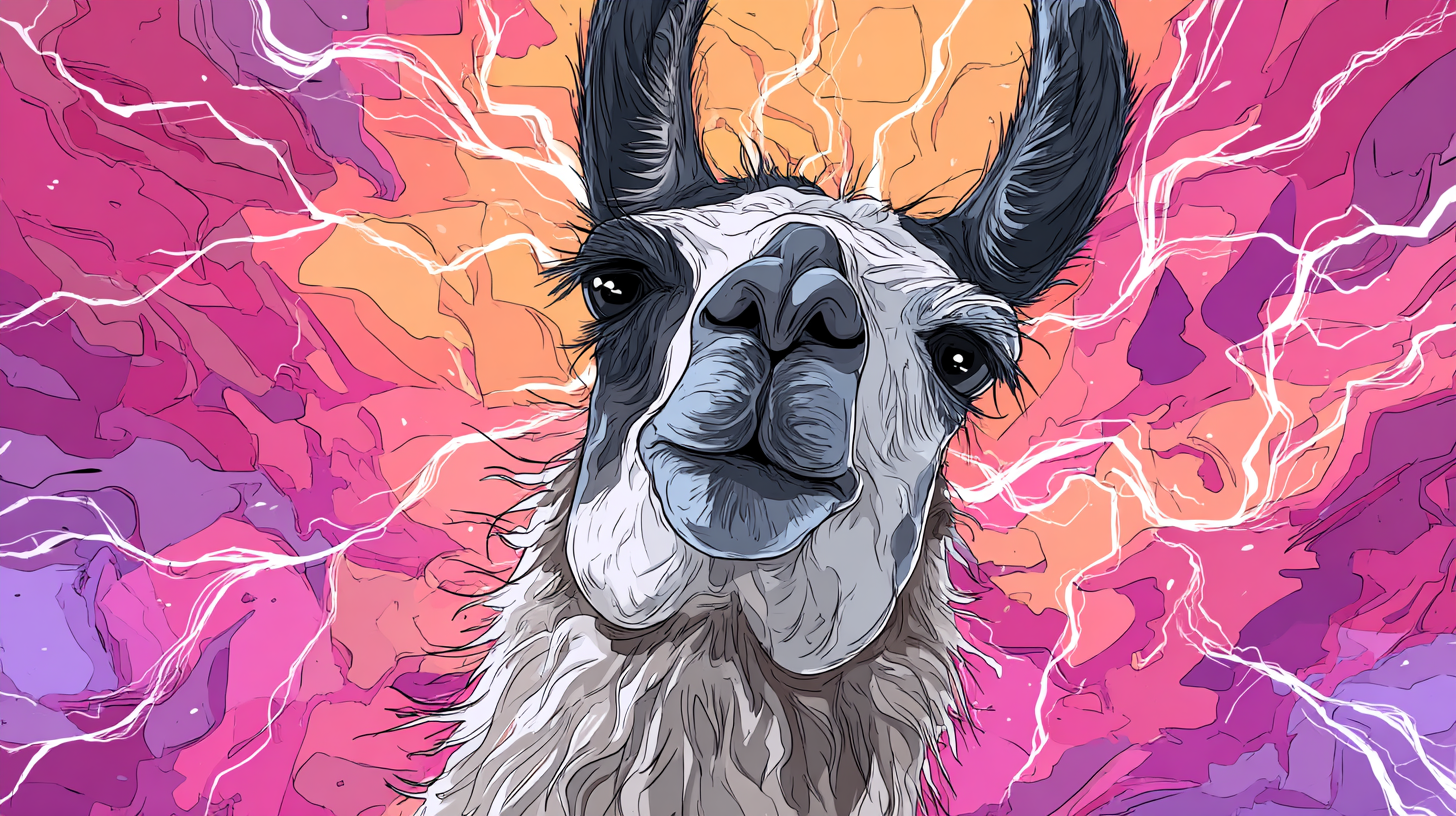
Six months ago, Meta bet the farm. Okay, maybe not the entire business, but certainly the farm that their precious "Llama" was living on. After what seemed like endless touting of how their "open source" approach to AI was right and that their models were "crushing it", the nearly $15B deal to "hackquire" Scale AI made it quite clear that their AI work to date was actually "sus". So how are things going?
Not great, Zuck. As Eli Tan reports today for The New York Times, there are seemingly tensions galore internally at Meta – most notably between Meta's $15B man, Alexandr Wang, and Zuck's OG lieutenants in CPO Chris Cox and CTO Andrew Bosworth. Both are at or near 20 years at Facebook/Meta, but the whippersnapper with six months tenures is whipping and snapping, it seems...
2025-12-10 07:59:15
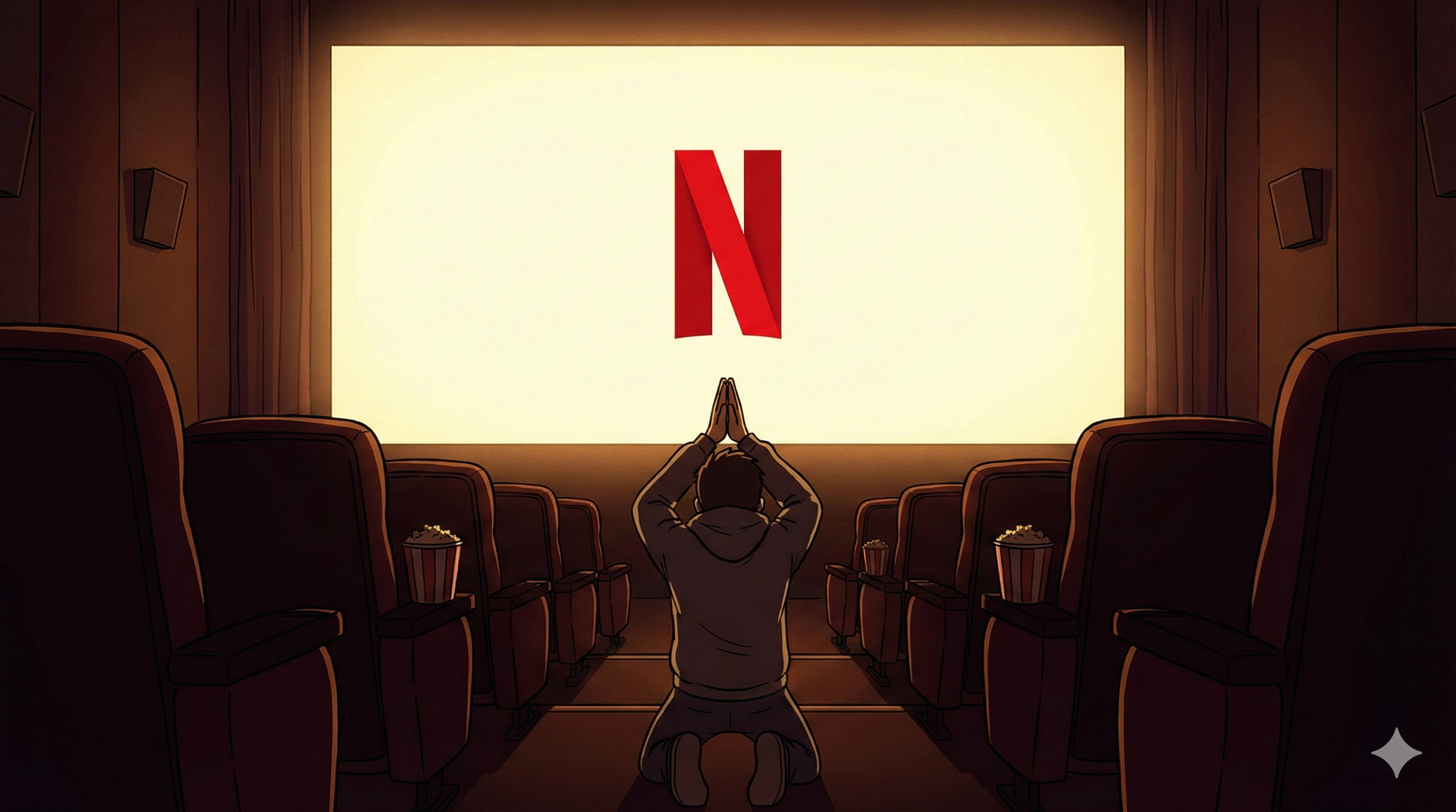
I'm old enough to remember when the head of Netflix wasn't just downplaying the importance of movie theaters to the industry, he was eviscerating the entire concept as "outdated". That is to say, I'm at least eight months old.
Yes, not even a year ago, Ted Sarandos was giving very public comments on stage to that effect. To the point where my headline in writing up his remarks was: Ted Sarandos Screams "Fire!" at the Movie Theaters. The comments were especially noteworthy because he was also in the news at the time being floated as a potential external candidate for the Disney CEO role with Bob Iger on the retirement clock. Sarandos was quick to shoot down such rumors, but what else was he gonna say? Well, as it turns out he could say things about the theatrical business that make it clear he could not possibly run Disney with such a stance. As I wrote at the time:
On the other hand, there's no way you could dare say such a thing and have a job running any major movie studio – yes, even in 2025 – besides Netflix...
Forget the CEO job of Disney, Sarandos may end up as auteur enemy number one with these comments.
I think it's safe to say that he's not getting the Disney job. But his company just made a bid in which he'd be in charge of the only studio with a higher share of the theatrical market right now. Awkward.
But also fairly in line with Netflix's history of proclaiming very loudly that they'd never do something, only to turn around and do it. This is exactly why I predicted just over a year ago that Netflix's next backtrack would be on their theatrical stance. And here we are.
At the same time, I didn't expect us to get here exactly this way! That is to say, Netflix seems to be backtracking on their theatrical stance not on their own, but by backing into a new one: that of the company they're acquiring.
Reading all the reports about the deal, it almost seems as if Sarandos decided Netflix had a unique opportunity here with Warner Bros and he was going to do it no matter the cost. Well, maybe not no matter the cost – we may see that soon enough depending on how high Paramount is willing to go to try to snatch victory from the jaws of defeat! – but no matter what stance he had to backtrack on. And now he's flipping that script and saying that part of the rationale for the deal was getting into the businesses that Netflix has not historically been in – including theatrical distribution.
Here he was singing his very different tune at the UBS Conference yesterday:
"In this transaction, we pick up three businesses basically that we’re not currently in, meaning we have no redundancies currently, but one of them is a motion picture studio with a theatrical distribution machine. There’s been a lot of speculation what we would do with this. I think it’s important to note that all we are going to do with this is staying deeply committed to releasing those movies exactly the way they’ve released the movies today, all three of these new businesses we want to keep operating largely as they are, the theatrical business we have not talked a lot about in the past, about wanting to do it, because we’ve never been in that business. When this deal closes, we are in that business, and we’re going to do it."
Obviously, the real key to that entire statement is "redundancies" – it's the corporate code word for layoffs. Sarandos is saying that a Netflix deal would lead to far less job loss in Hollywood than a Paramount deal, where "synergies" will be key to getting costs in line. But note the wording on his specific theatrical business remarks. Clearly, there's still some wiggle room in that statement – in particular, "largely" may be doing a lot of work. But the wiggle room seems to be shrinking by the day with such proclamations by Netflix around their theatrical aims with Warner Bros. What started as "expects" has grown into "largely" – from Netflix's own press release about the deal last week:
Netflix expects to maintain Warner Bros.’ current operations and build on its strengths, including theatrical releases for films.
But actually it started before that, with leaks around the news indicating that yes, Netflix intended to keep Warner Bros in the theatrical business with this deal – at least for now. But I mean, what else was Netflix going to say? That they were acquiring Warner Bros and shutting down the theatrical arm as soon as the deal closed? Come on. There may have been literal riots in Hollywood.
This is perhaps the biggest question – amongst the many, many questions – that Netflix is going to keep getting about this deal. And that's in no small part because of the previous comments from Sarandos. Netflix isn't just battling Paramount here, they're battling Hollywood too – a place which you'd think would prefer Netflix take over one of the studios versus another studio full of "redundancies" just waiting to happen. But then again, they know David Ellison loves theatrical releases. Everyone saw Top Gun: Maverick, perhaps the most theatrical of theatrical releases this side of Christopher Nolan.1
And the reality is that right now, that one aspect may matter more to the town than anything else – even political bents. Because if Netflix removes Warner Bros from the theatrical equation, the show is over.
Again, while changing stances is nothing new for Netflix – and actually seems to be one of the keys to their continued success – the previous theatrical rhetoric is clearly coming back to bite Sarandos in the ass here. And the hostile counter-attack is certainly not going to help. Ellison is going to hammer this point home again and again. So Sarandos will need to go even more over-the-top to try to change Hollywoods' collective mind about his intentions. You're seeing it already: it's not just a commitment to seeing Warner Bros theatrical commitments through, it's now that Netflix is doing the deal in part to get into that business.
I mean, it certainly sounds like total bullshit spin. But is it?
Again, I already made the case a year ago why I believe Netflix would backtrack on this stance. As I laid out, there are a few reasons that basically boil down to: the relationship with talent, the power of marketing/halo effects, and yes, the fact that they can actually make money doing it – provided they do it smartly, which they presumably would.
It's entirely possible that something woke them up to these notions over the past year – or a few things. Maybe it was losing out on Wuthering Heights to... Warner Bros (despite offering more money). Maybe it was Greta Gerwig forcing Netflix to submit to an IMAX release for her upcoming Narnia project. Maybe it was the groundswell of support that Frankenstein saw for a bigger theatrical push. Or the notion of how much money they're – once again – leaving on the table with the Knives Out franchise. The Stranger Things finale strategy (after losing the Duffer Brothers to... Paramount). And the cherry on top may have been the success of KPop Demon Hunters. The movie that exploded at the box office weeks after it had already been on Netflix.
Clearly, there's something to be done here with movie theaters. The opportunities have kept falling on Netflix's head like one of those Looney Tunes anvils.
Something else: if Netflix truly wants to become the first $1T media company, the only thing that matters is growth. They managed to get halfway there on the back of the streaming business, and can undoubtedly push it a bit further – and certainly Warner Bros content will help! – but they need other lines of business too. It makes sense that theatrical would be one of them. Warner Bros should do between $4B - $5B in box office revenue this year. Netflix overall did about $40B last year, so it wouldn't be a massive chunk of the business, but also not nothing.
And the real key may be leveraging such distribution to create "halo effects" for their other businesses. Obviously streaming itself, but what if, say, they start to delve more into theme park-like experiences? Like, perhaps opening up giant "Netflix Houses" in the carcasses of old shopping malls? You know, the places that used to house movie theaters? Funny that!
Can cruise ships be far behind? Poop Cruise anyone?
But really, throw in toys, merchandise, etc, and you can quickly see how Disney brings in around $100B a year. Sports also drives a good chunk of that – something else Netflix has backtracked on, hard, but really it's the IP straw that stirs the whole drink. And theatrical is a key part of creating a maintaining that value. Yes, in a way I'm saying that Netflix needs to become Disney before Disney can become... you get the picture.2
All I'm saying is that it's not insane to think that Netflix may actually have changed their mind on theatrical. And if that's the case, it might not be total bullshit that they're planning to remain committed to it with Warner Bros.
Granted, I still believe the thinking will morph over time. As it should! And while Sarandos' remarks may have made the wrong kind of headlines if you want to say, buy a major movie studio in a few months, that doesn't mean he was totally wrong. The overall theatrical model actually broke a long time ago – long before COVID gave the industry a fall guy – as it has been in a state of overall decline for decades, with only jacked up ticket prices masking free-falling attendance. The situation was not tenable and streaming – yes, largely Netflix – just sped up the inevitable.
That doesn't mean theatrical is over – see: above – it means it needs to morph into a business that's appropriate for the 21st century. And Netflix, having now found religion on this topic, is uniquely suited to help usher in that reality.
The other tech players all see this too, undoubtedly because they're not drunk on the nostalgia of what once was. And so Apple and Amazon can also help guide the way here – at which point the people in Hollywood reading this are probably vomiting. But the point is to find the correct model that works, not to prop up the one that doesn't.
I know that's what Hollywood is hoping that Sarandos means with his new comments. That he will use his studio to save the theaters. But deal talking points aside, this clearly won't happen the way Hollywood hopes. Again, that doesn't mean Netflix is lying about this new stance, but it likely means they're going to figure out how to make it work on their terms. That's scary to hear too, but better than the alternative. When the alternative is a continued slow death.
In the meantime, there's almost no way this deal is getting done for at least another year, and maybe two – if it ever does. So if nothing else, obviously Netflix can't say anything to rock the current boat while it's still in the water for the foreseeable future. But even when the deal closes – if the deal closes – I suspect the status quo with Warner Bros and theaters will be in place for at least another year and maybe two depending on pipeline.
Again, if not, key Hollywood talent that has worked with Warner Bros – the Denis Villeneuves of the world – are going to take their talents elsewhere. They still might out of concern about this Netflix future, but hey, Villeneuve is also making a Bond film for Amazon. Amazon! So let's not clutch those pearls too tightly...
The bigger question may be what happens if Netflix doesn't buy Warner Bros? Do they still opt to go down the theatrical path? I still bet they do...

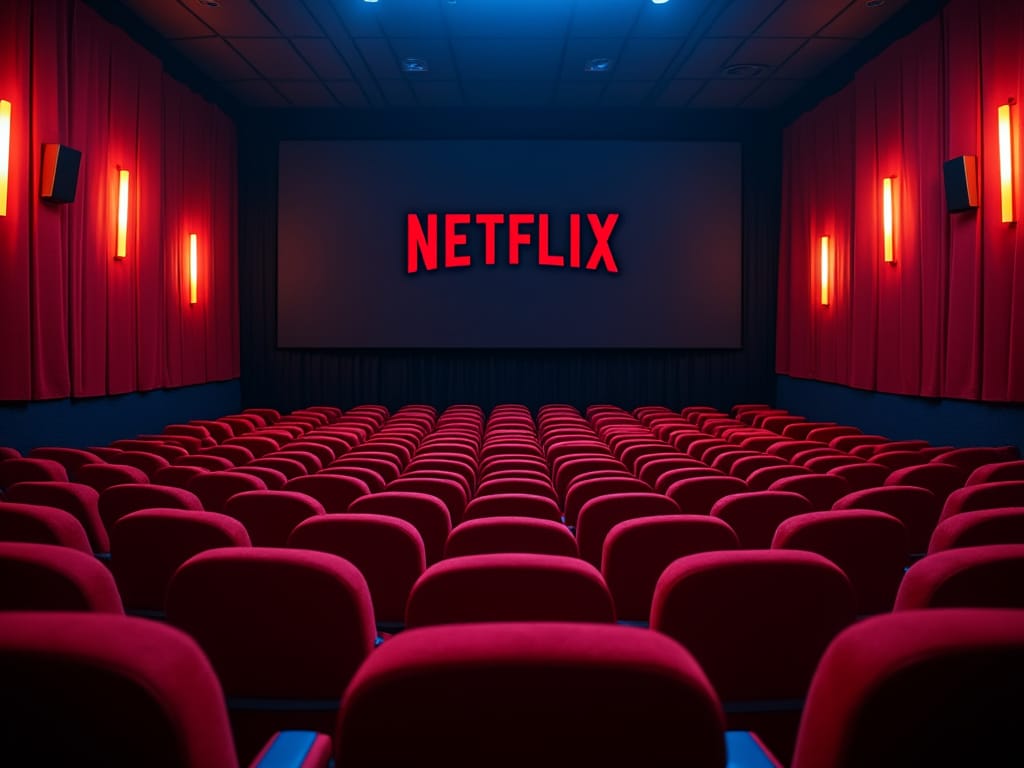
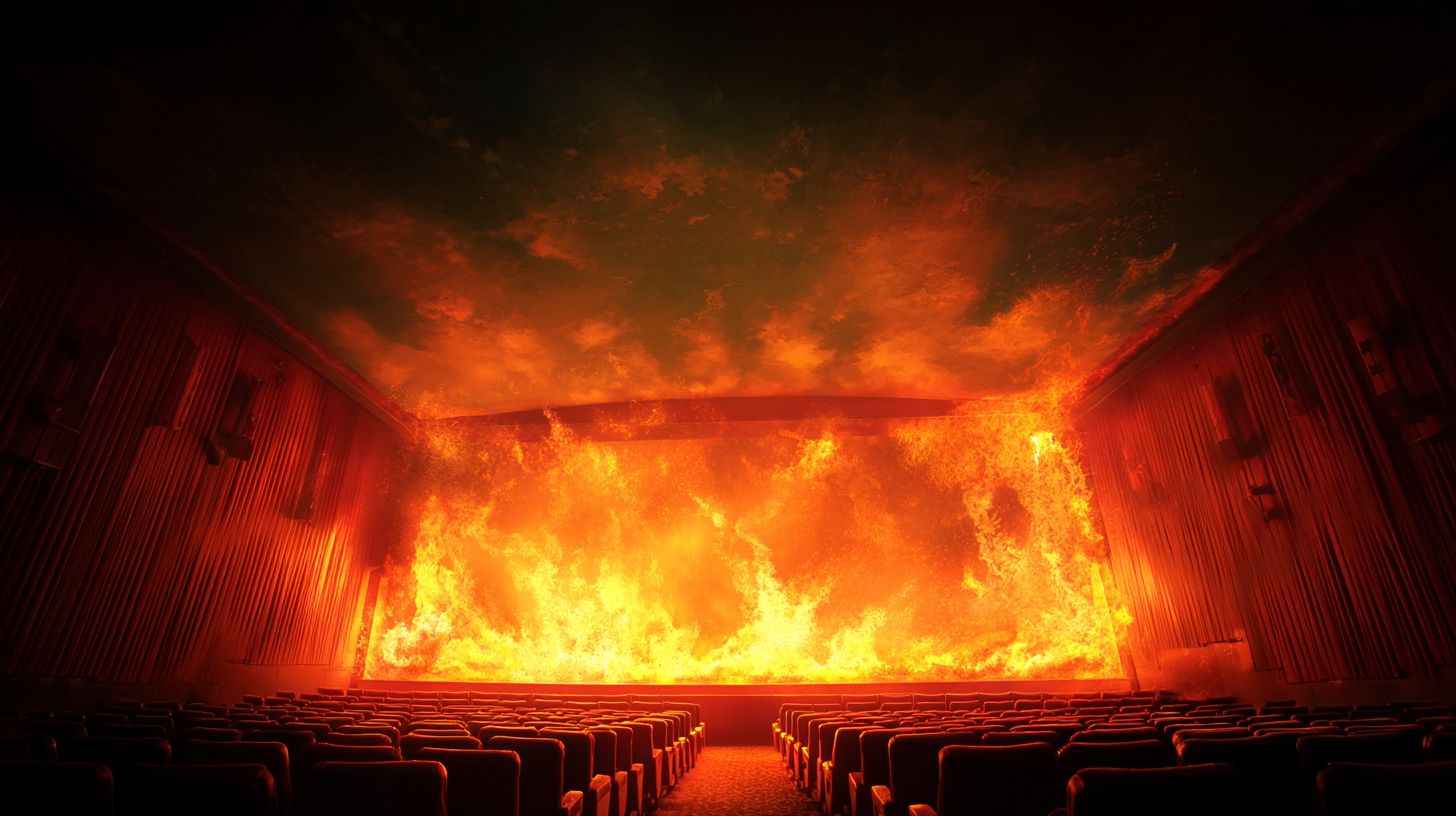


1 And you can just ask Tom Cruise – or maybe, don't! ↩
2 But also, Netflix can't become too much like Disney, lest they start attracting the same stock multiple, which would be a huge issue for Netflix going forward – with Disney trading around 16x forward P/E versus 30x for Netflix! It still has to be all about growth. And tech. Andy making Wall Street believe they are not a traditional Hollywood player now... ↩
2025-12-09 01:12:46

Two things can be true: the exodus Apple is seeing amongst their executive ranks is largely natural, and the exodus they're seeing elsewhere in the company is largely not.
There have been a number of stories about this topic over the past week. That too is natural given the high-profile people who are leaving the company. It started with COO Jeff Williams, who pre-announced his retirement earlier this year, but it's obviously always a big deal when a "number two" leaves a company...